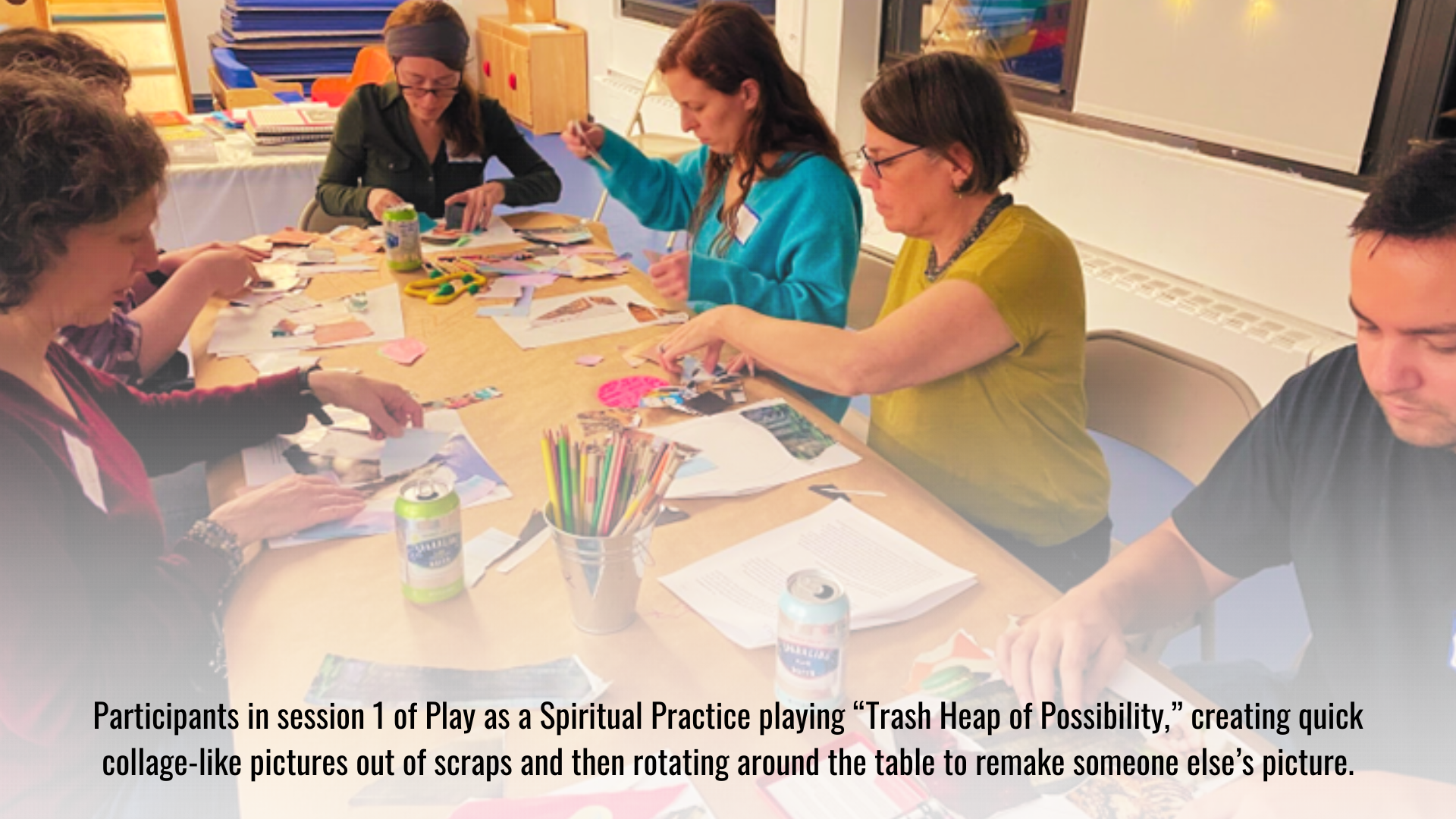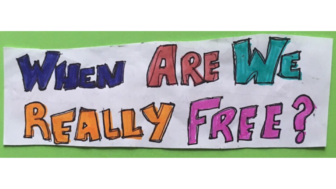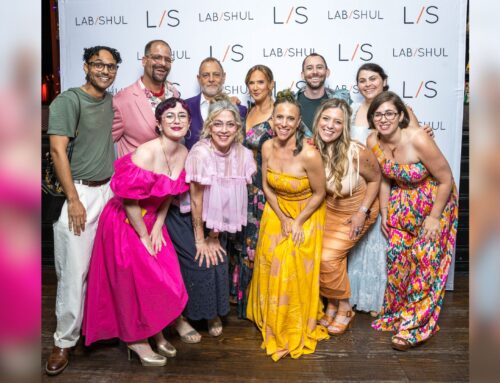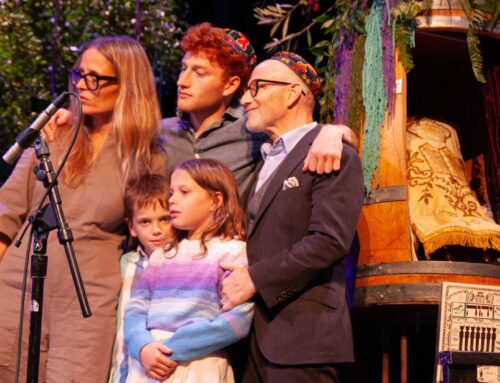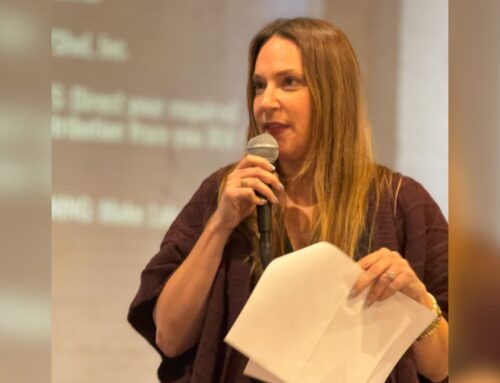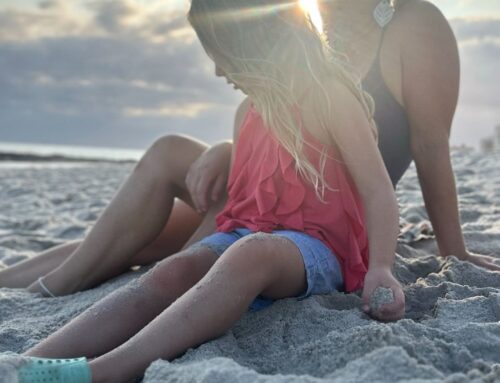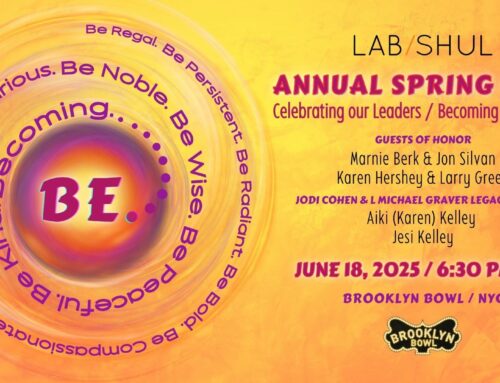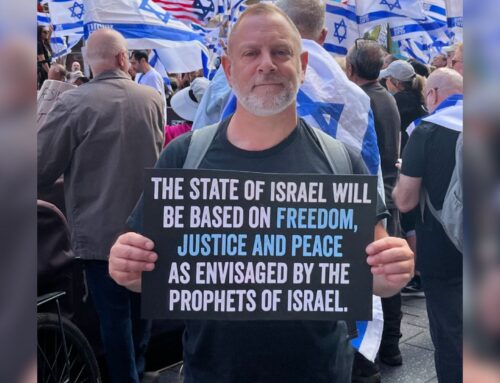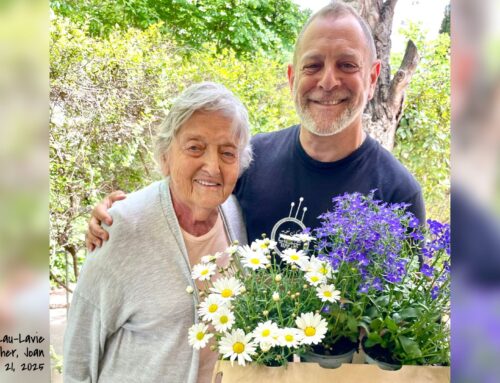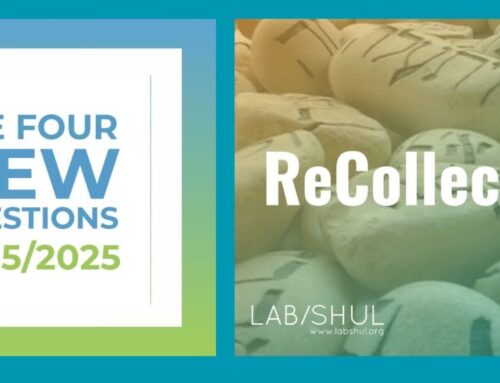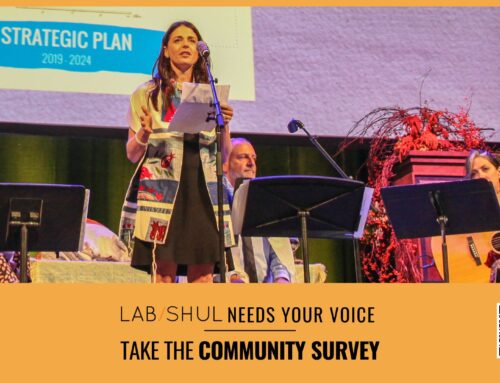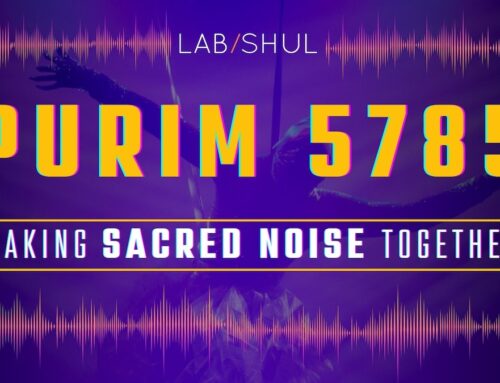I’ve been hearing Joan Rivers’s voice in my head all week: can we talk? One of the things that has felt strange and isolating to me in the last five months has been the sense that we as a wider Jewish community are desperately in need of an internal conversation about safety, and fear, and power — and that something perhaps best suited to happen around a family table is instead playing out in public or on social media, in devastatingly real time. And now, with the coming of Spring here in New York City, we’re running headlong into two Jewish holidays that are deeply emblematic of a certain story about where we come from, and what’s at stake in our survival, that need reimagining today.
It’s in that context that proposing to lead a three-session series on Play as a Spiritual Practice felt (A) completely inappropriate and (B) completely necessary to me.
After our first session this past Wednesday I have more to say about why…
When I was in divinity school from 2017 to 2020, I trained as a healthcare chaplain and a group facilitator. Coming from my background as an artist and my prior work as a K-12 teacher, I also became extremely curious about what made people feel safe enough to play, and what is possible when we’re able to get unstuck from our habituated perceptions of reality. In my thesis, which took the form of a multimedia collage book, I asked, among other things, this question:
One answer to “When are we really free?” is this, proposed in my thesis:
…when the structural realities and material conditions are set that enable us to make creative choices. When we are able to experience a quality of aliveness, when it is safe enough for all of us to get in the sandbox and play. Play, which emerges only from a place of connectedness, is counter-cultural in the context of oppressive systems that thrive on divorcing us from each other and from ourselves. In this sense, play is anything but easy. But I believe it is holy, and a critical building block of justice. We prepare for the world we want to create not by shutting our eyes and thinking very hard about it, but by creating it in miniature, interacting with each glimpse of it as if it were already sacred.
Which brings me back to where I began: can we talk?
We can, and we must —
- About Mordechai’s sense that Esther, and by extension all of us, were perhaps created exactly for this very tumultuous moment… Want to step into this story with us?
Join us on March 23rd for PURIMMESSTHER - About the Passover story and what it will mean to gather around the table this year and tell a freedom story when antisemitism is rising and legitimate concerns about Jewish safety are concurrently being used to oppress …Want to know more? Join us for 4 online sessions with Rabbi Amichai and special guests for SAYDER
And part of what we also must do is not just talk, but make something together. Practice a different way of being. Learn the wisdom passed down to us in Pirkei Avot:
הֲפֹךְ בָּהּ וַהֲפֹךְ בָּהּ, דְּכֹלָּא בָהּ
Hafoch ba va’hafoch ba, d’cholah bah
“Turn it and turn it, for everything is in it.” It may be that everything is in this moment: sorrow, joy, rage, hope. In fact, I think it must be. And I wonder: can we play our way toward seeing all of it? And then, can we talk?

